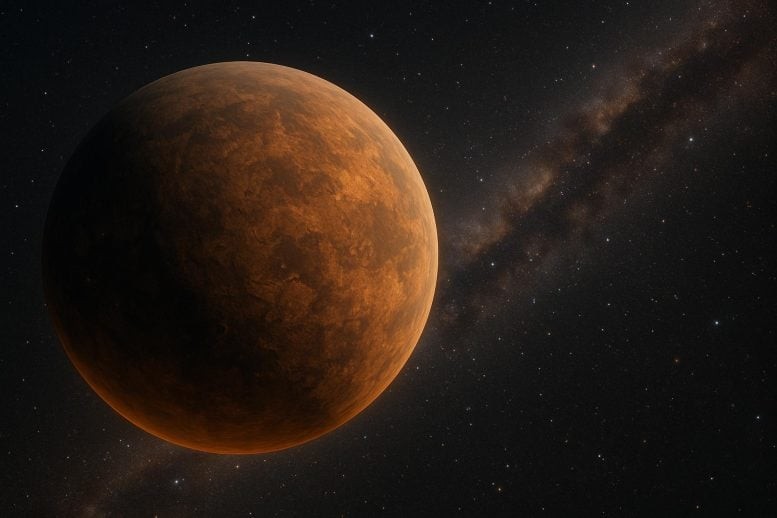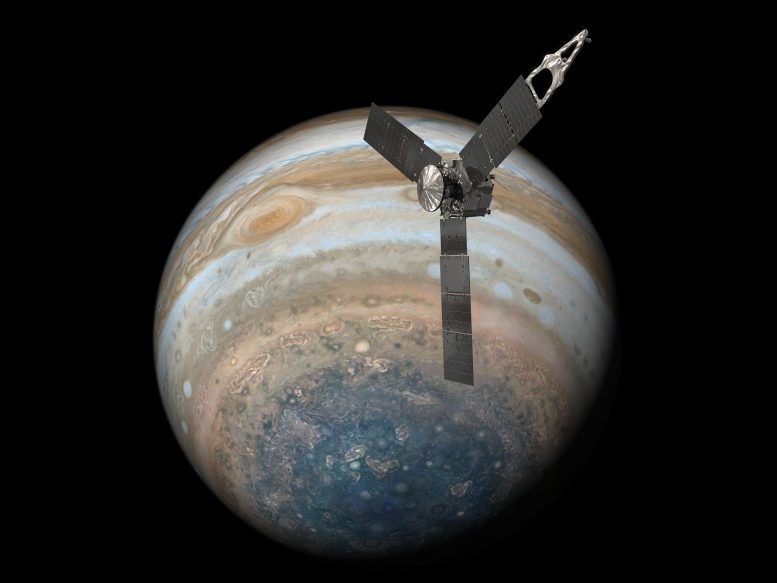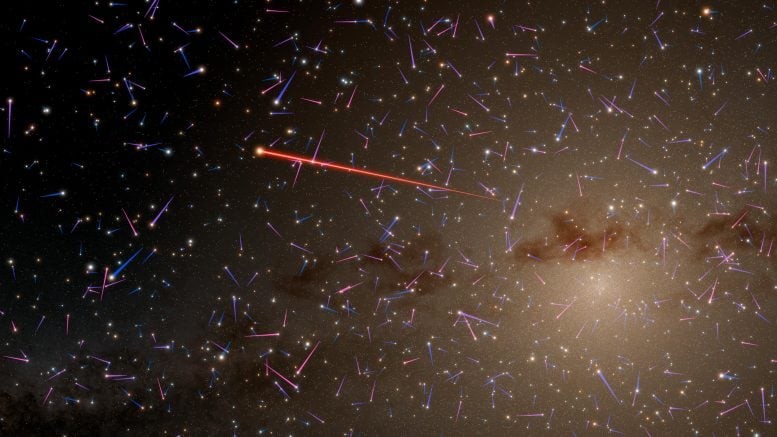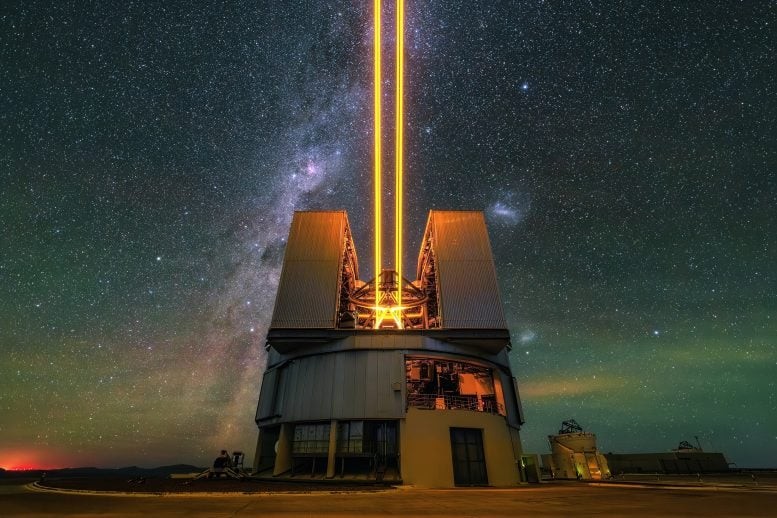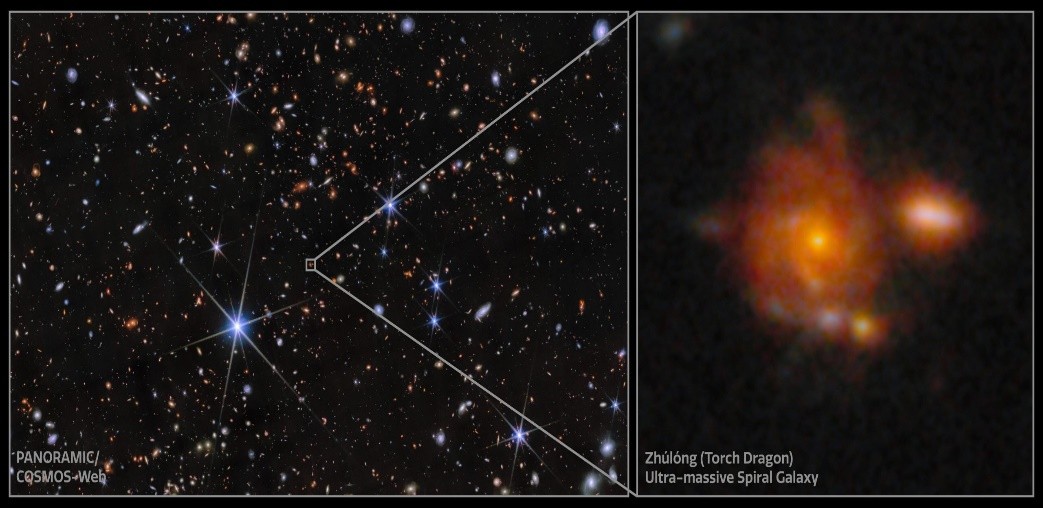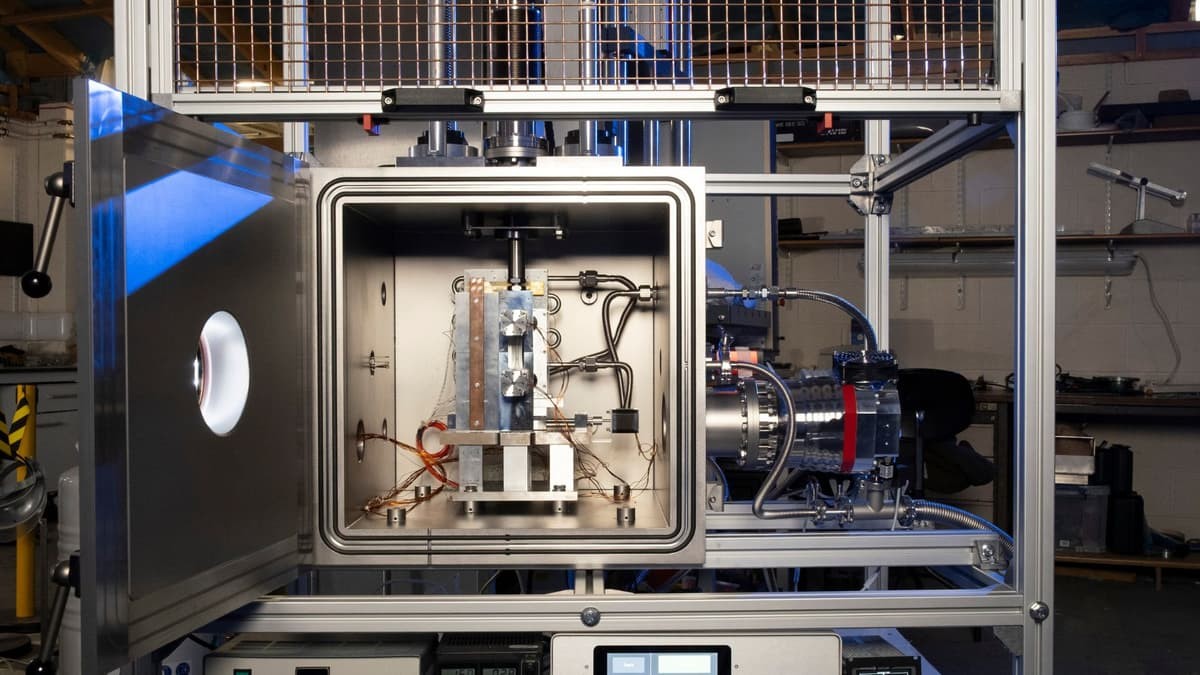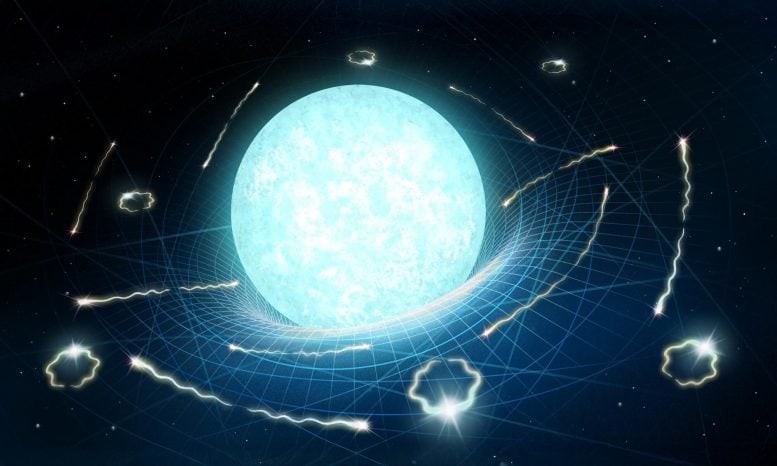Farewell to the Singularity? New Black Hole Models May Offer Solutions to Einstein’s Long-Standing Mystery
Black holes are often portrayed as the universe’s ultimate no-escape zones—regions where gravity is so intense that not even light can break free. But perhaps the most fascinating aspect of black holes is what lies deep within them.
According to Einstein’s general theory of relativity, when a massive enough object collapses under its own gravity, it forms a black hole with a central core known as a singularity—a point where matter is thought to be squeezed into an infinitely small space, producing infinite density and gravitational force.
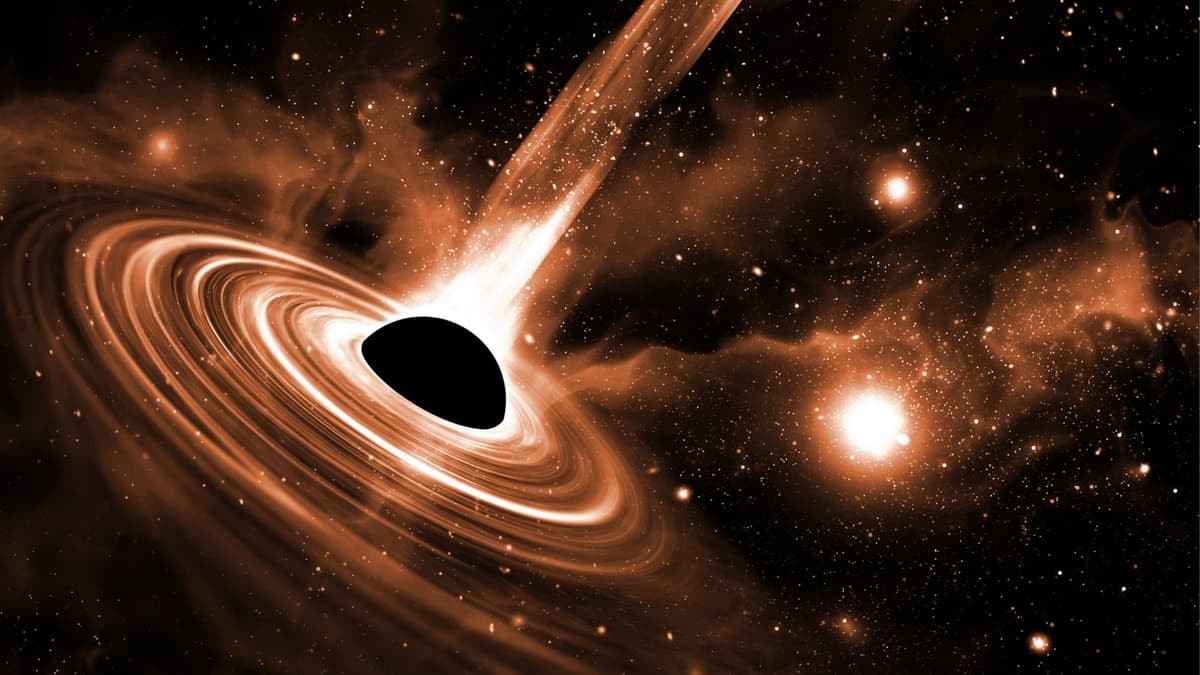
Figure 1.An illustration of a black hole.
At the singularity, the laws of physics as we know them collapse. Space and time stop functioning in any meaningful way. The problem? Physics doesn’t deal well with infinities. They’re considered red flags that a theory—in this case, general relativity—breaks down under extreme conditions.Figure 1 shows An illustration of a black hole.
This contradiction has puzzled scientists for decades, prompting efforts to find alternative models that eliminate the need for a singularity. A new study from researchers at the Institute for Fundamental Physics of the Universe (IFPU) introduces two such alternative models that could potentially rewrite our understanding of black holes.
Rethinking Black Holes: Three Models
The IFPU team explores three types of black hole models:
- The traditional black hole — the standard model featuring an event horizon (the point of no return) and a singularity at the center.
- Regular black holes — modified versions of the standard model that maintain most of its structure but replace the singularity with a core of finite density.
- Black hole mimickers — theoretical objects that resemble black holes but lack both a singularity and an event horizon.
In the case of regular black holes, the singularity is swapped out for a dense core that might resemble a region of de Sitter space, where gravity acts repulsively instead of attractively [1]. This repulsion prevents total gravitational collapse, creating a black hole that can still trap light and matter for extended periods—but without any mathematical inconsistencies.
Black hole mimickers, meanwhile, are even more radical. These hypothetical objects look and behave much like black holes, but they lack an event horizon. This means they don’t trap matter or energy forever. Instead, their interiors remain linked to the external universe, allowing light or signals to eventually escape.
Reference:
- https://interestingengineering.com/science/black-hole-without-singularity
Cite this article:
Keerthana S (2025), Farewell to the singularity? New black hole models may offer solutions to Einstein’s long-standing mystery, AnaTechMaz, pp.382


